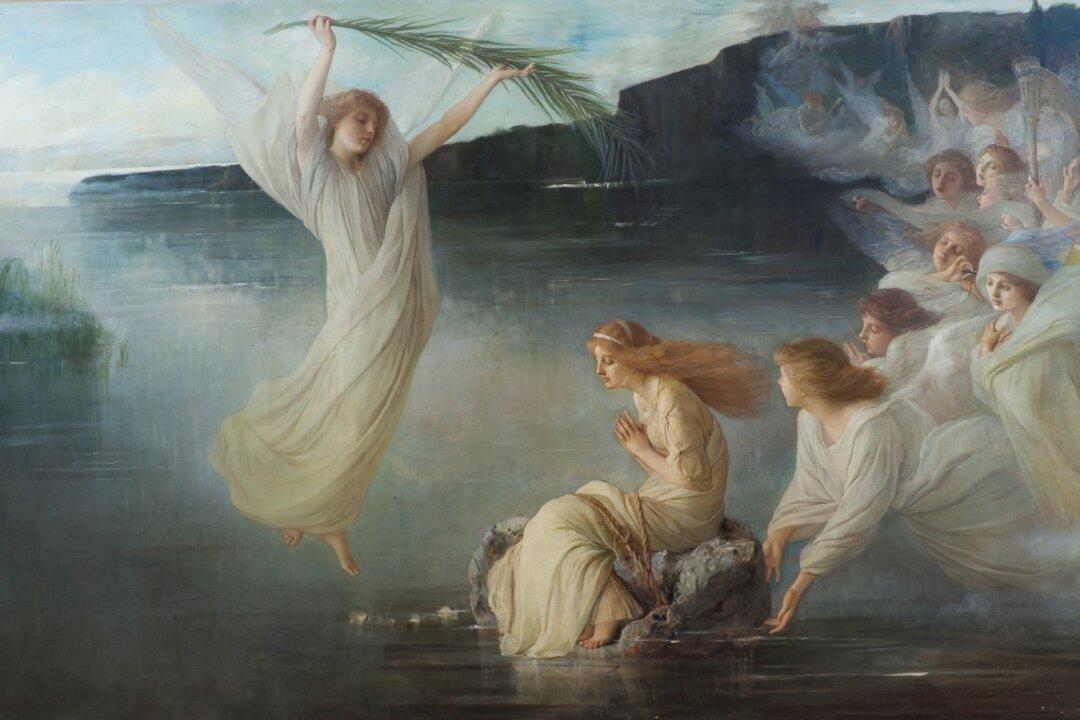I’m sometimes left wondering about this thing we call faith, a thing the philosopher Soren Kierkegaard celebrated as a paradox in which we, as individuals, have an absolute relationship with the Absolute, that is, God.
There is power in faith, in the doubtless belief in something without the need for physical evidence. Those who do have faith might cite spiritual evidence: a power within themselves that confirms the legitimacy of their belief, and sometimes this power cannot only save us from our own limitations but also produce miracles.





